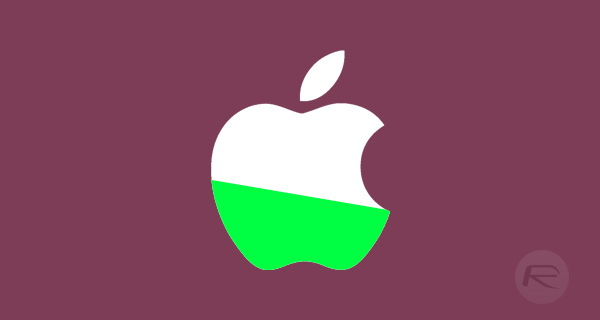Following the iPhone battery furore that Apple finds itself in, the company promised to add a new feature to iOS 11 that would give users more information on the state of their batteries.
That was slated to arrive as part of the iOS 11.3 update, and now that iOS 11.3 is available, here’s how to get started with it.

Found under the Battery section of the Settings app (Settings > Battery > Battery Health), a new “Battery Health” feature tells iPhone users the maximum capacity of their battery as well as whether it is operating at peak performance.
On devices with new batteries, there is no toggle provided, as shown in the screenshots below:

However when an iPhone with a less than optimal battery is detected, there is a toggle for enabling or disabling the power management feature. As can be seen in the screenshot below, simply tapping “Disable…” will turn this off on devices on which it’s turned on:

Interestingly, power management will be disabled by default once the iOS 11.3 update is installed, although if the system detects an improper shutdown as a result of a poor battery, the toggle will automatically be switched on to prevent such an occurrence again.
Additionally, users can see if the performance management feature that dynamically manages maximum performance to prevent unexpected shutdowns is on and can choose to turn it off. This feature is enabled only after an unexpected shutdown first occurs on a device with a battery that has diminished ability to deliver maximum instantaneous power. This feature applies to iPhone 6, iPhone 6 Plus, iPhone 6s, iPhone 6s Plus, iPhone SE, iPhone 7, and iPhone 7 Plus.
According to Apple, once the power management feature has been disabled it will not be re-enabled unless a similar power issue is detected, meaning anyone who really wants to keep it turned off will likely have to do so multiple times, unless they opt to have a new battery installed of course. It’s important to remember that this is still a beta feature, and it’s possible it will change before it is available in full and final form.
You can learn more about it on Apple’s full support page on this feature of iOS 11.3 here.
You can follow us on Twitter, add us to your circle on Google+ or like our Facebook page to keep yourself updated on all the latest from Microsoft, Google, Apple and the Web.

